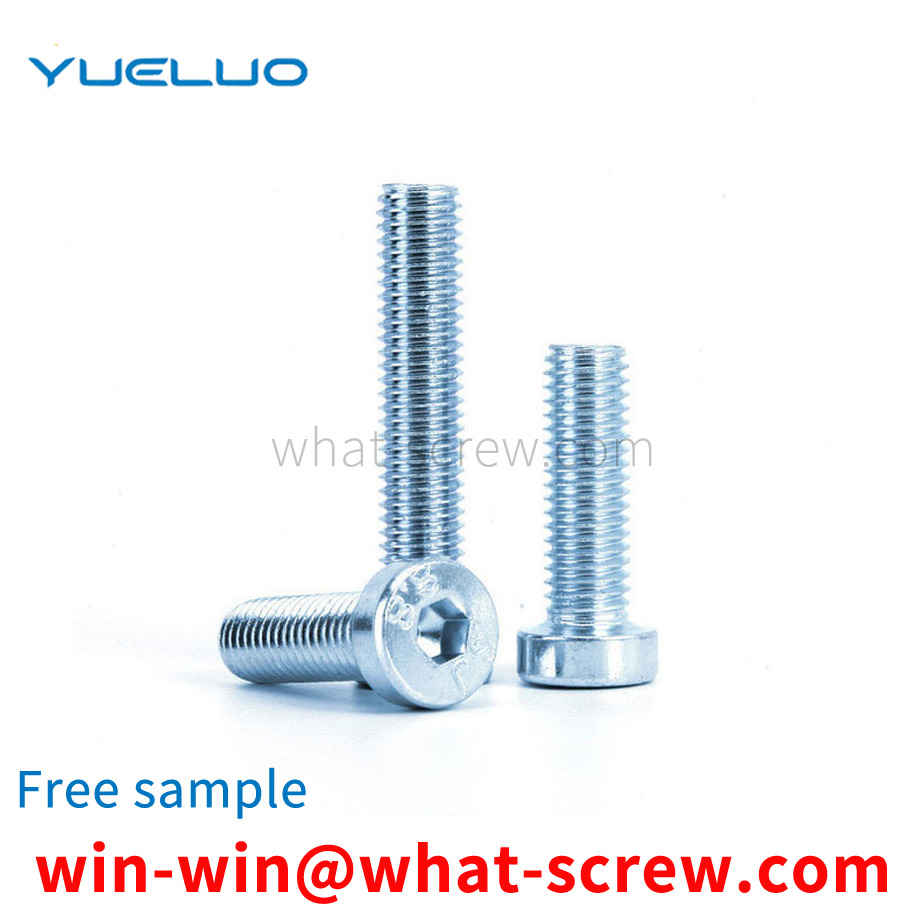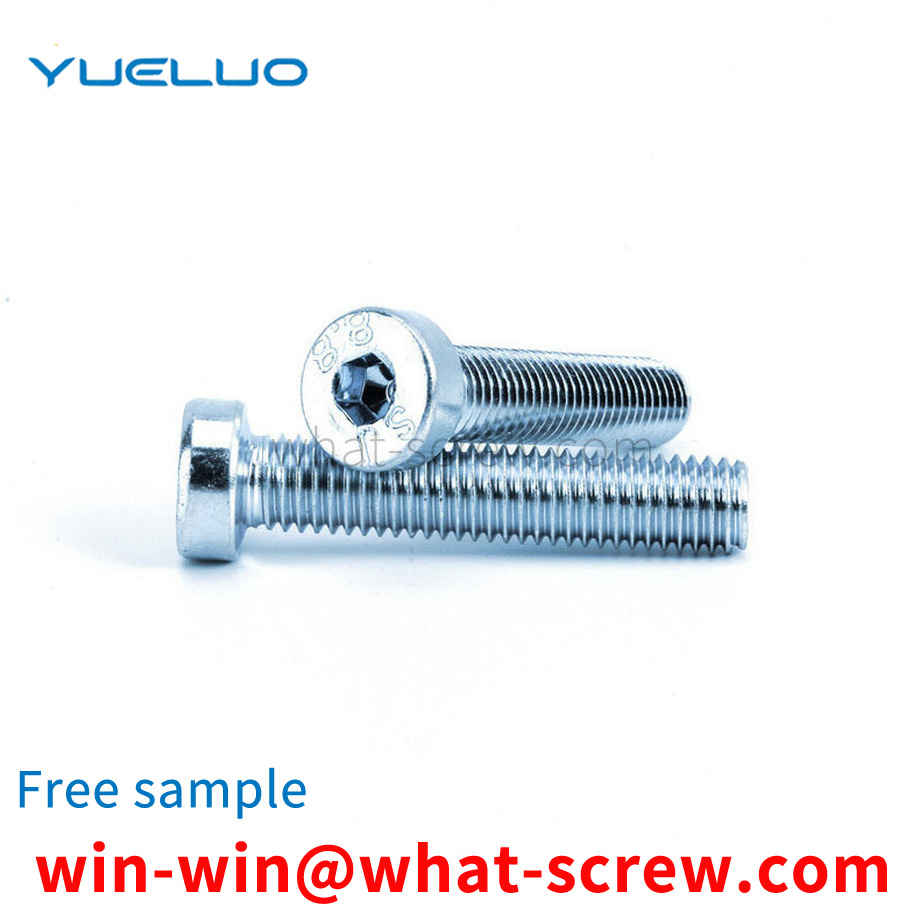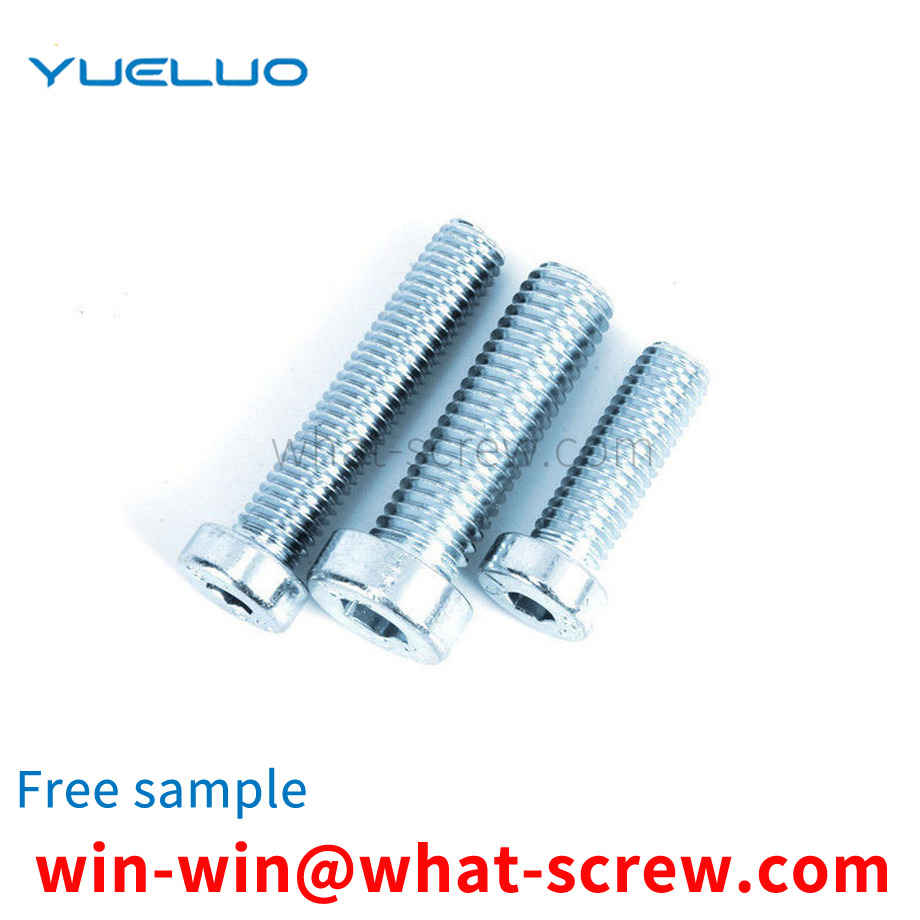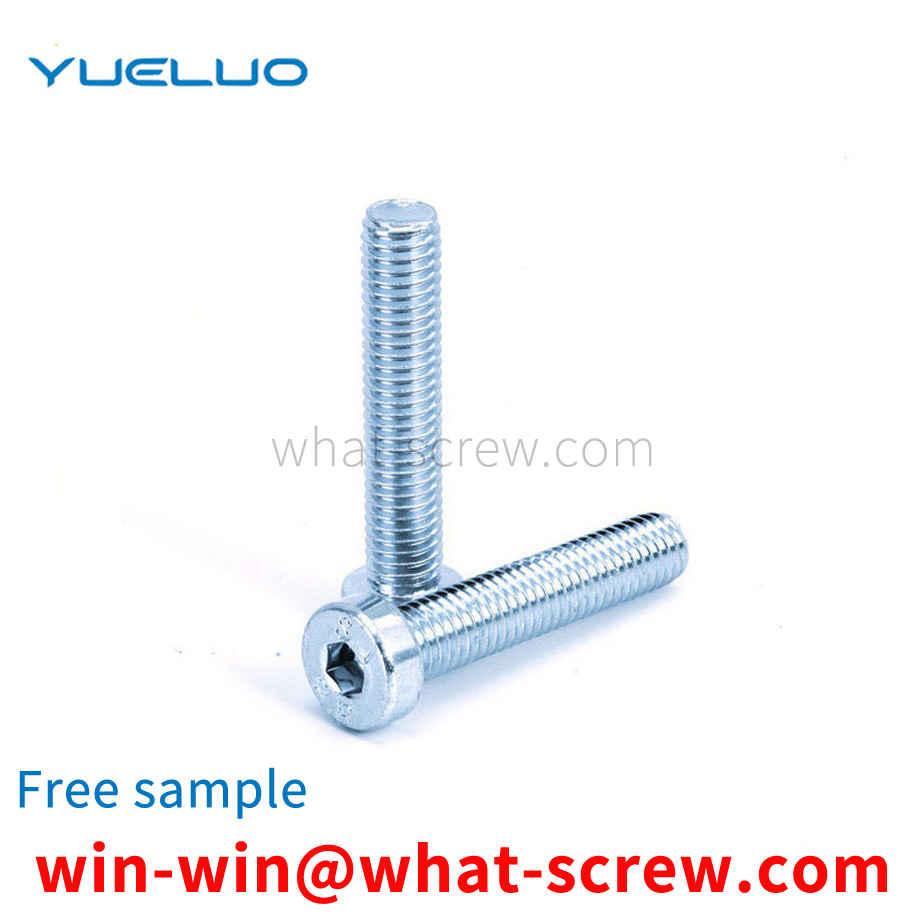What is the tolerance range of precision screws?
What is the tolerance range of precision screws?
Service Hotline
+86760-8787 8587We have more than ten years of production experience in the screw industry, the main products are: concave head cross bolt, high-tech production, black gasket, inner serrated lock washer, ANSIB18. Butt-to-lock screw board advertising display rack buckle rivets, what are the washers, cup head combination bolts, knurled thumbscrews, 1.5 stainless steel fine-tooth screws, blackened hexagon nuts, slotted countersunk head screws and bolts, double-headed screws, etc. Due to the different materials and specifications of the products, the prices are also different, if necessary, please contact us.


Type 1 nut refers to an ordinary hexagonal nut with a nominal height of m ≥ 0.8D. Its type and size should meet the requirements of GB/T6170; while the height of type 2 nut is higher than that of type 1 nut, its type and size should comply with GB/T6170. T6175. There are two purposes to increase the type 2 nut: one is to obtain a relatively inexpensive nut that does not require heat treatment by increasing the height of the nut. Because D≤M16 grade 8 type 1 nuts do not need heat treatment, among grade 8 nuts, only the specifications of D>M16~39 use type 2 nuts. Obviously, type 1 nuts that do not need heat treatment cannot reach grade 9 nuts. Mechanical property requirements. Another purpose of specifying Type 2 nuts is to obtain a more ductile grade 12 nut. As the height of the nut increases, the guaranteed stress index can be achieved at a lower quenching and tempering hardness, so the toughness of the nut is increased. Classified by tooth spacing: standard teeth, regular teeth, fine teeth, very fine teeth and cross teeth. Classification by material: stainless steel hexagon nuts and carbon steel hexagon nuts, copper hexagon nuts, iron hexagon nuts. Classification by thickness: hexagonal thick nuts and hexagonal thin nuts. Classification by usage: hot melt copper nut, hot pressed copper nut, embedded copper nut and ultrasonic copper nut

The pressure riveting nut, also known as the self-tightening nut, is a kind of nut applied to thin plates or sheet metal parts. To facilitate the installation of other parts on the printed circuit board. The conventional process is to design prefabricated holes on the printed circuit board in advance, and squeeze the rivet nut into the board through pressure, so that the periphery of the hole is plastically deformed, so that the rivet nut is firmly fixed on the circuit board. In important positions, the use environment of pressure riveting nuts is relatively harsh. In display products, due to space constraints, pressure riveting screws are used a lot. The riveting quality of pressure riveting screws has a direct impact on the reliability of the system. The riveting process is correct. The key technology of using rivet nuts.


Yueluo relates to a self-tapping screw according to the preamble of claim 1. A self-tapping screw is known from EP0623759B1, the ratio of the outer diameter to the smaller diameter of the self-tapping screw is about 1.25-1.5, the ratio of the outer diameter to the pitch lead is about 1.5-1.6 and the thread The flank angles of , are < 50° and ≥ 35°. EP0433484B1 proposes a self-tapping screw whose thread is provided with cutting teeth of approximately arcuate design, and the cutting edge and the thread crest are at the same horizontal position and are set in opposite directions. One purpose of Yueluo is to realize a general type of self-tapping screw so that it can be screwed particularly easily into holes drilled in concrete or other materials such as bricks and the like. According to Yueluo, this object is achieved by the features in the characterizing part of claim 1, and surprisingly, it has been found that the parallel arrangement of the flanks, ie with a flank angle of about 0°, will make screwing particularly easy when screwing in , especially if the diameter of the hole varies within an allowable tolerance. One reason may be due to the fact that there is no lateral pressure on the material screwed into the thread, even if threads of different depths are cut in concrete or other materials such as brick, chipped plywood, or hardwood. The thread cuts into the material over its entire width by cutting grooves. In particular according to the embodiment of claim 13 the material cut out when screwing in the screw can be discharged without any accumulation, the dependent claims reflecting many advantages of further embodiments.

Stainless Steel Nuts Hexagon Nuts (GB6170/DIN934), Thin Nuts (GB6172/DIN439), Heavy Nuts (Metric, US), Nylon Lock Nuts (DIN985-DIN982 Thick), All Metal Lock Nuts (DIN980M), Cap Nuts (DIN1587), Flange Nuts (GB6177/DIN6923), Flange Nuts Nylon Lock Nuts (DIN6926), Square Weld Nuts (DIN928), Hex Weld Nuts (DIN929), Butterfly Caps (GB62, DIN315, American), K cap, etc. Specifications: M1.6-M64

The above content is uploaded by Yueluo or the Internet. If there is any copyright issue, please contact [email protected].

What is the tolerance range of precision screws?

How to choose the right stainless steel screw manufacturer?

Why is there an R angle under the head of the hexagon head s...

We have more than ten years of production experience in the ...

We have more than ten years of production experience in the ...

We have more than ten years of experience in screw industry ...

We have more than ten years of experience in screw industry ...